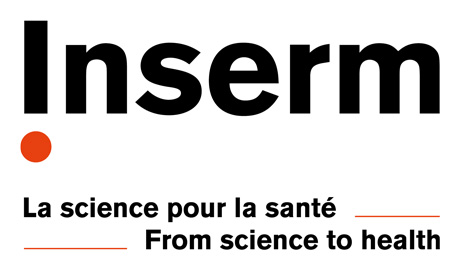DETAILS OF THE OFFER | Introduction
Synapses, the communication hubs of the brain, rely on their molecular composition and organization for effective information processing. AMPA receptors (AMPARs) are crucial in this process as they mediate fast excitatory synaptic transmission, which is essential for learning and memory. This project aims to explore how the mobility and nanoscale organization of AMPARs influence synaptic plasticity and information processing.
Research Objectives
Investigate AMPAR Trafficking:
Understand how AMPAR mobility and nanoscale organization control synaptic plasticity.
Study the interaction of AMPARs with auxiliary proteins like TARP, CNIH, and Shisas.
Develop and Apply Advanced Techniques:
Combine electrophysiology on brain slices with light sheet imaging, optogenetics, and cell biology.
Utilize innovative tools to control receptor mobility and subunit composition.
Implement High-Resolution Imaging:
Enhance Light Sheet Fluorescence Microscopy (LSFM) and Lattice Light Sheet Microscopy (LLSM) with adaptive optics for deep tissue imaging.
Integrate Single Molecule Localization Microscopy (SMLM) techniques like U-PAINT and DNA-PAINT for nanometer-scale resolution imaging of AMPAR subunits.
Methodology
Electrophysiology: Perform recordings on brain slices to analyze synaptic activity and plasticity.
Light Sheet Imaging: Use LSFM and LLSM to visualize synapses in thick samples with minimal phototoxicity.
Optogenetics: Control receptor dynamics using light-sensitive proteins to manipulate signaling pathways.
SMLM Techniques:
U-PAINT: Track individual AMPAR movements in rat hippocampal cultures.
DNA-PAINT: Achieve high-resolution imaging of GluA1 and GluA2 subunits in organotypic brain slices.
Innovations and Expected Outcomes
Adaptive Optics Integration: Correct optical aberrations in LLSM for clearer imaging.
Advanced Marking Techniques: Develop robust methods for deep SMLM imaging in brain slices.
Intracellular Signaling Control: Integrate photoswitchable kinases and phosphatases to study receptor dynamics.
Student Opportunities
Hands-on Experience: Gain practical skills in electrophysiology, advanced microscopy, and molecular biology.
Cutting-edge Research: Contribute to groundbreaking studies on synaptic plasticity and receptor dynamics.
Collaborative Environment: Work with a team of experts in neuroscience and cutting-edge imaging technologies.
Join us in exploring the intricate world of synaptic transmission and plasticity, and make a significant impact on our understanding of brain function and diseases.
+info |





